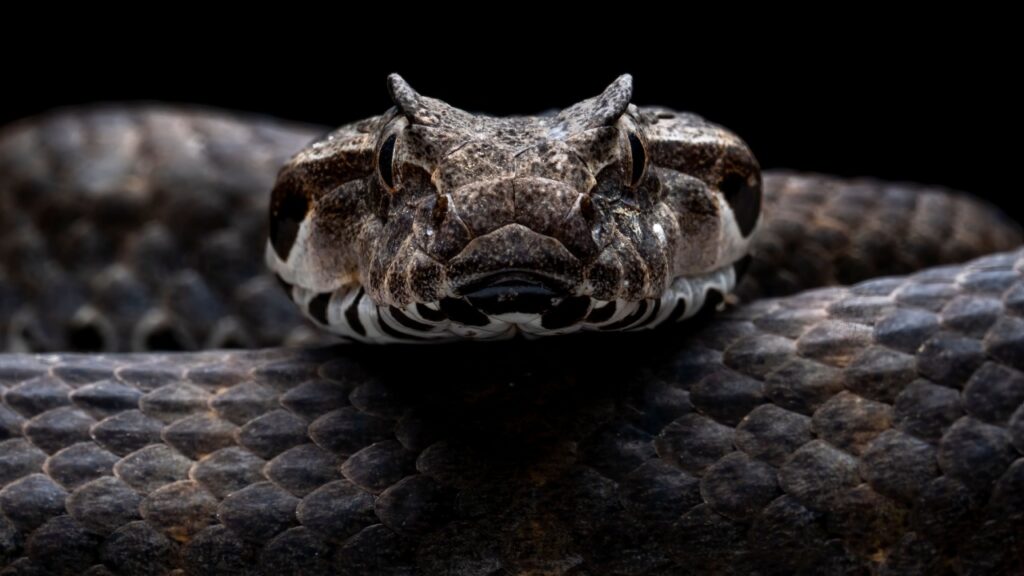Death adders are among the most venomous snakes in the world, but even these deadly reptiles have their predators. From brave birds to cunning mammals, various animals have developed strategies to hunt and eat these dangerous snakes. Let’s explore 15 creatures that fearlessly face off against death adders in their quest for a meal.
King Brown Snake
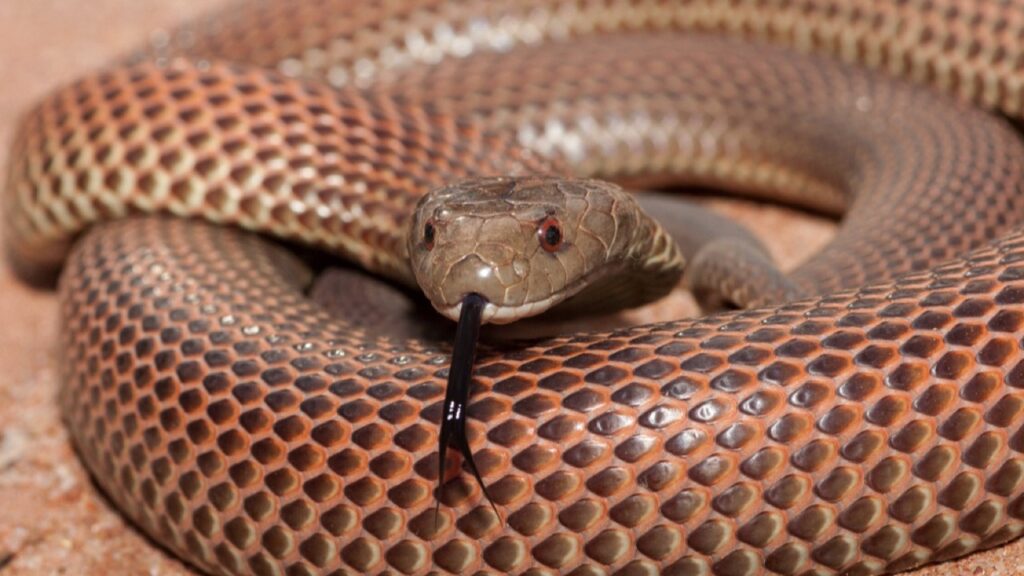
The king brown snake, also known as the mulga snake, is a formidable predator of death adders. These large elapids are immune to the venom of most other Australian snakes, including death adders. They use their size advantage to overpower death adders, swallowing them whole. King brown snakes play a crucial role in controlling death adder populations in their shared habitats.
Perentie
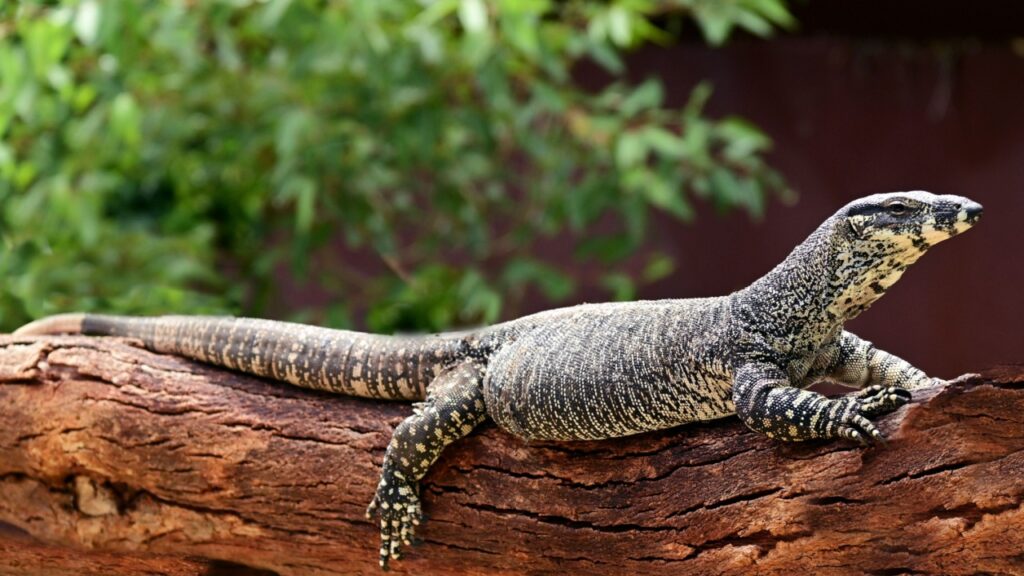
Australia’s largest monitor lizard, the perentie, is a fierce hunter of death adders. These impressive reptiles can grow up to 2.5 meters long and possess a keen sense of smell to track their prey. Perenties are quick and agile, able to dodge the death adder’s strikes while delivering powerful bites of their own. Their thick scales provide some protection against the snake’s venomous fangs.
Laughing Kookaburra
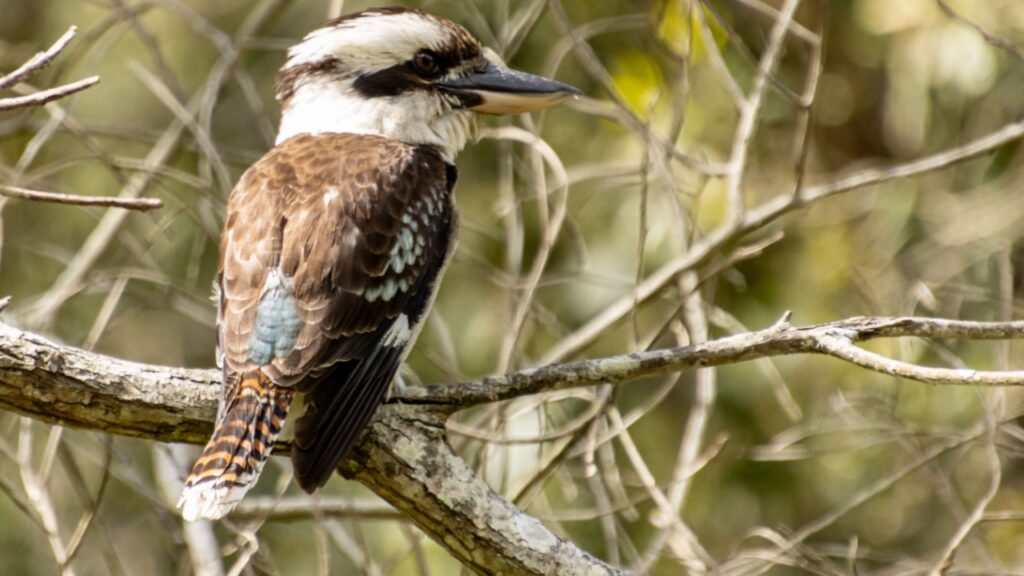
The laughing kookaburra, famous for its distinctive call, is a skilled snake hunter. These large kingfishers use their sharp beaks to strike at the death adder’s head, quickly dispatching their dangerous prey. Kookaburras often drop snakes from great heights to stun or kill them before eating. Their excellent eyesight helps them spot death adders camouflaged in leaf litter.
Wedge-Tailed Eagle
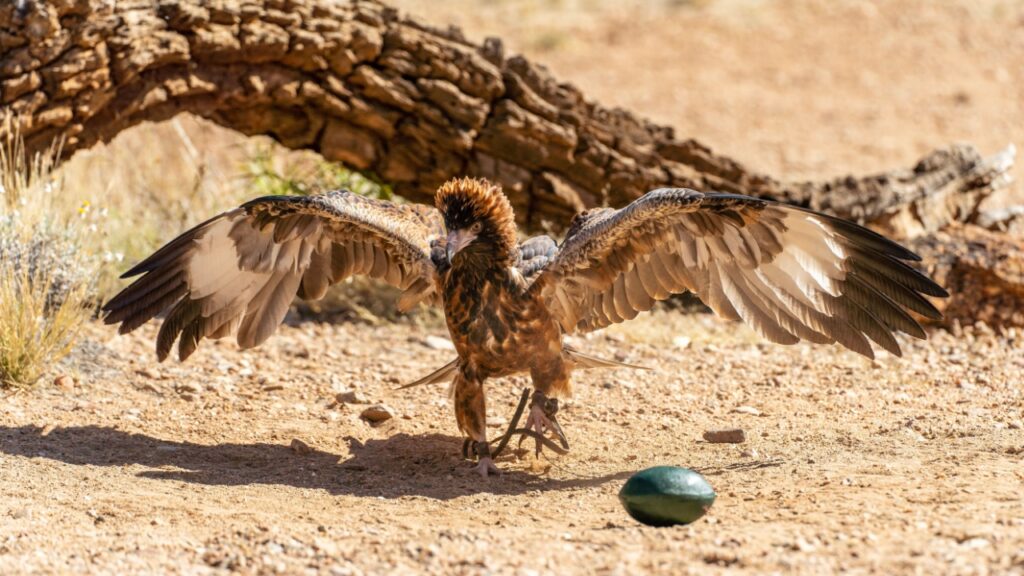
As Australia’s largest bird of prey, the wedge-tailed eagle is a formidable hunter of death adders. These majestic birds have excellent vision and powerful talons that allow them to snatch snakes from the ground. They often carry their prey to great heights before dropping it to disable or kill it. Wedge-tailed eagles’ feathers provide some protection against snake bites.
Feral Pig
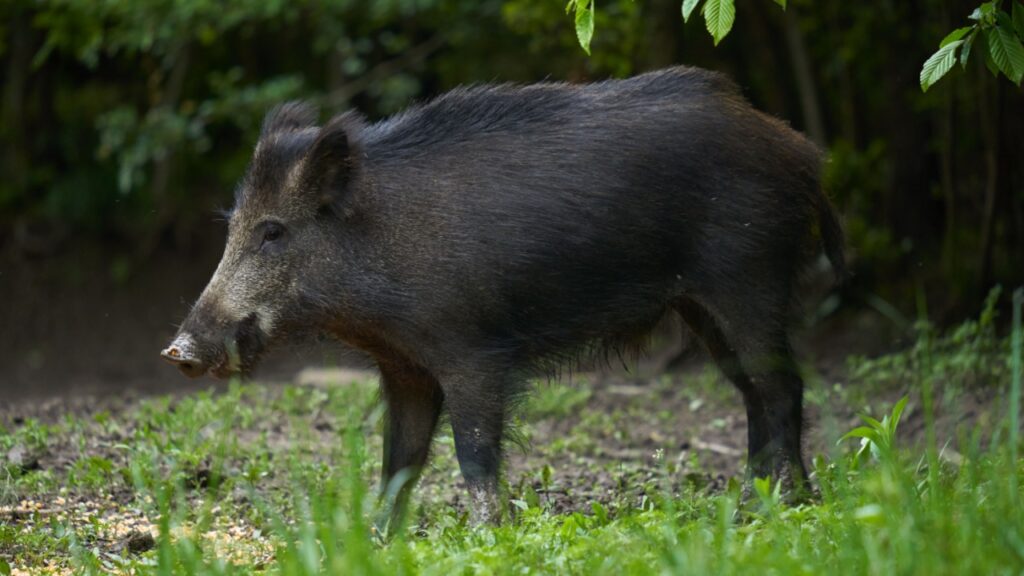
Introduced to Australia, feral pigs have become unexpected predators of death adders. These omnivorous animals have thick skin that offers some protection against snake bites. Feral pigs use their strong snouts to root out hidden death adders and quickly crush them with their powerful jaws. Their opportunistic feeding habits make them a threat to many native Australian species, including venomous snakes.
Dingo
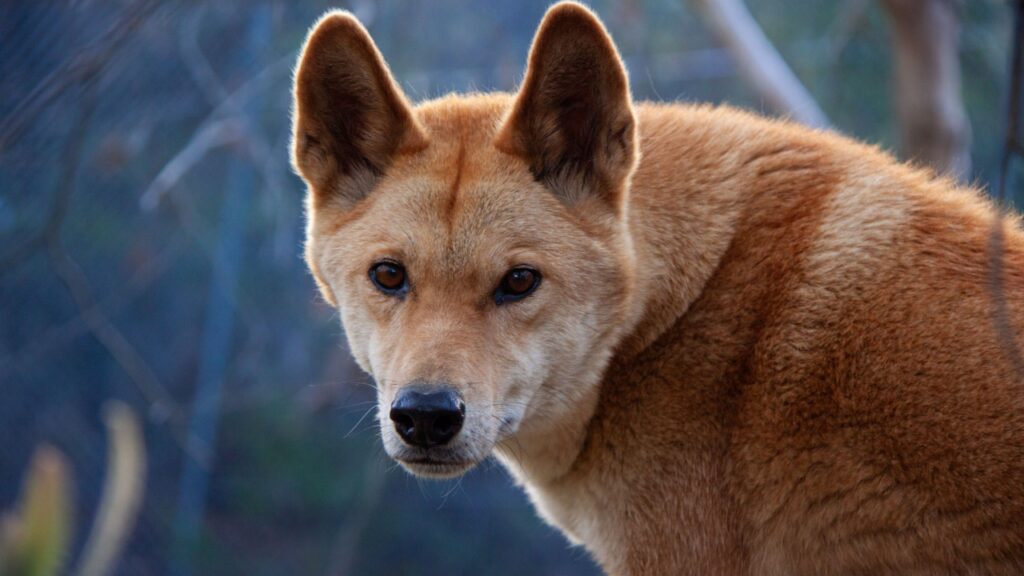
Australia’s native wild dog, the dingo, is a skilled hunter that occasionally preys on death adders. Dingoes are quick and agile, able to dodge snake strikes while delivering their own lethal bites. Their thick fur provides some protection against snake venom. Dingoes often hunt in packs, which can make taking down dangerous prey like death adders easier and safer.
Red-Tailed Black Cockatoo
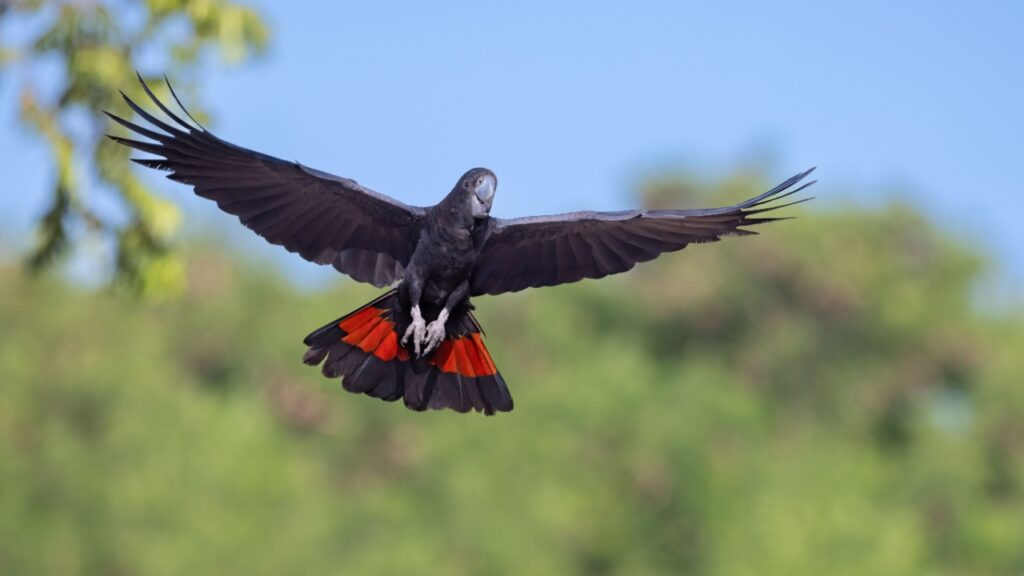
The red-tailed black cockatoo is an unexpected predator of death adders. These large parrots have powerful beaks that can easily crush a snake’s skull. They’re known to pick up snakes with their feet and drop them from heights to stun or kill them. Red-tailed black cockatoos are intelligent birds that have learned to target the snake’s vulnerable head to avoid being bitten.
Goanna
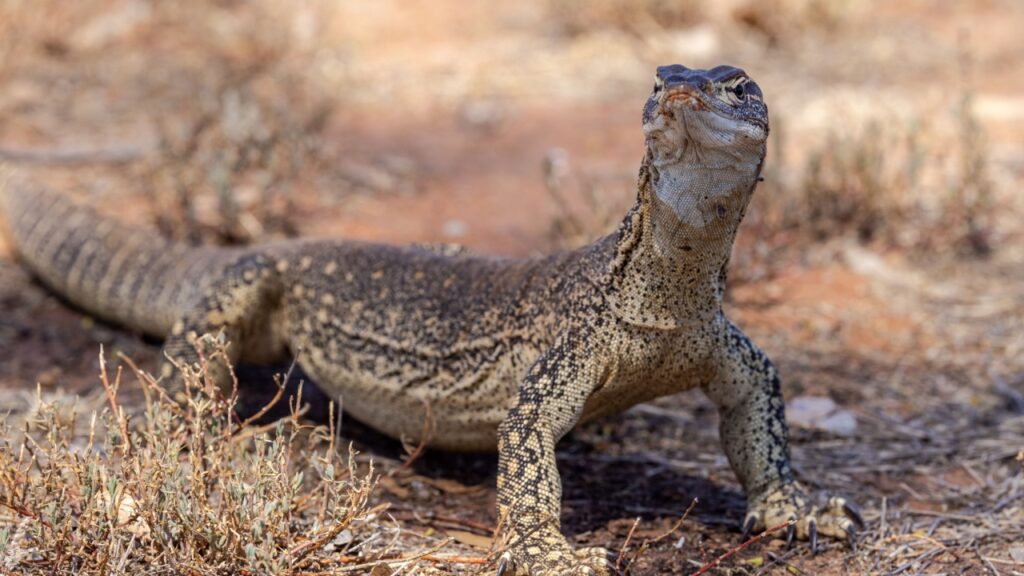
Goannas, a group of monitor lizards native to Australia, are known to hunt and eat death adders. These lizards have sharp claws and teeth, along with a powerful tail used for balance and defense. Goannas are immune to snake venom, making them fearless predators of even the most dangerous snakes. They use their forked tongues to track the scent of hidden death adders.
Feral Cat
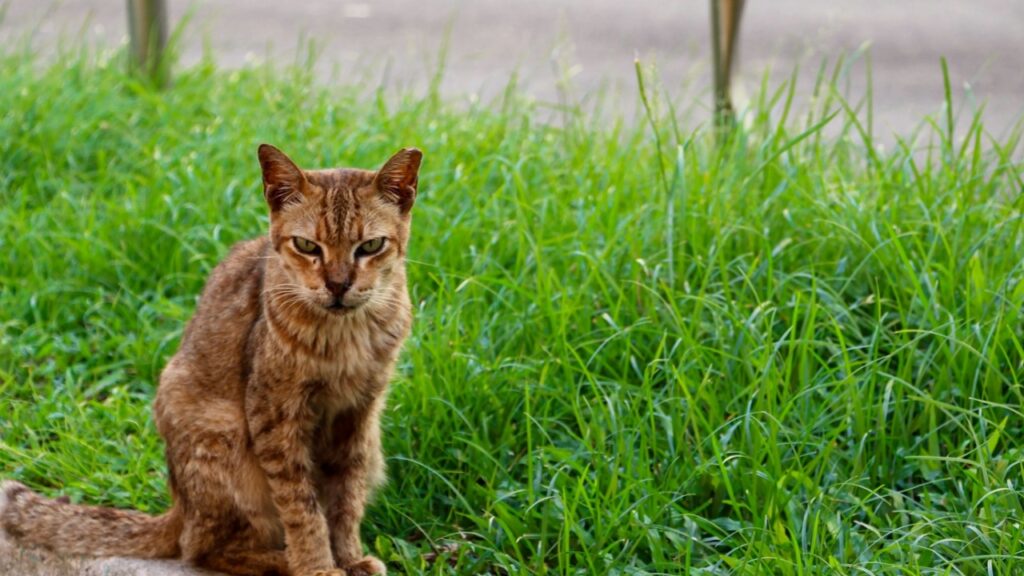
Introduced feral cats have become significant predators of Australian wildlife, including death adders. These agile hunters have quick reflexes that allow them to avoid snake strikes. Feral cats often play with their prey before killing it, which can exhaust the snake and make it easier to dispatch. Their impact on native species, including venomous snakes, is a major conservation concern in Australia.
Brown Falcon
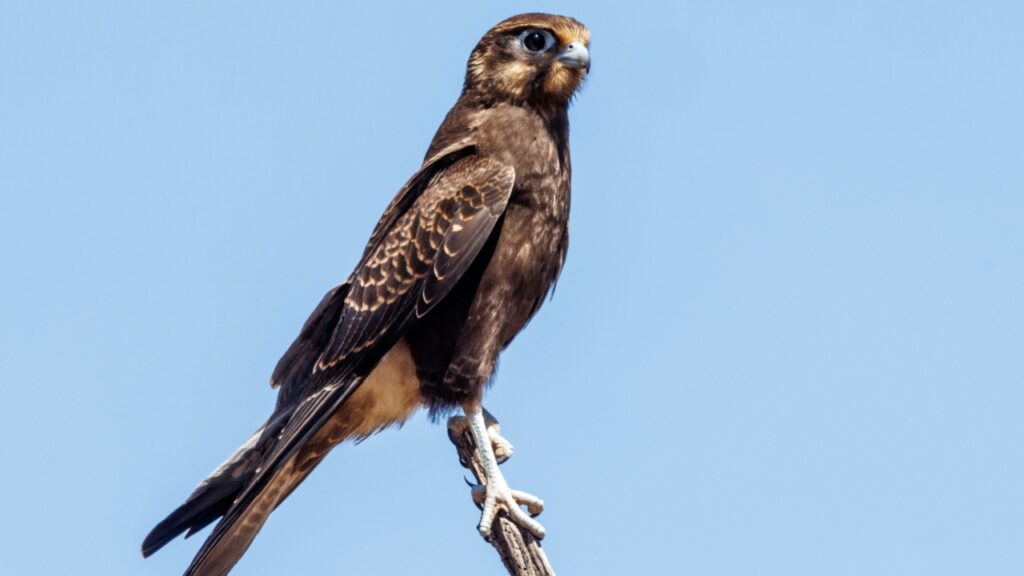
The brown falcon is a widespread Australian bird of prey known to hunt death adders. These adaptable raptors have excellent eyesight and sharp talons for capturing snakes. Brown falcons often hunt by hovering and dropping onto their prey from above. Their feathers provide some protection against snake bites, allowing them to tackle even venomous species.
Sand Goanna
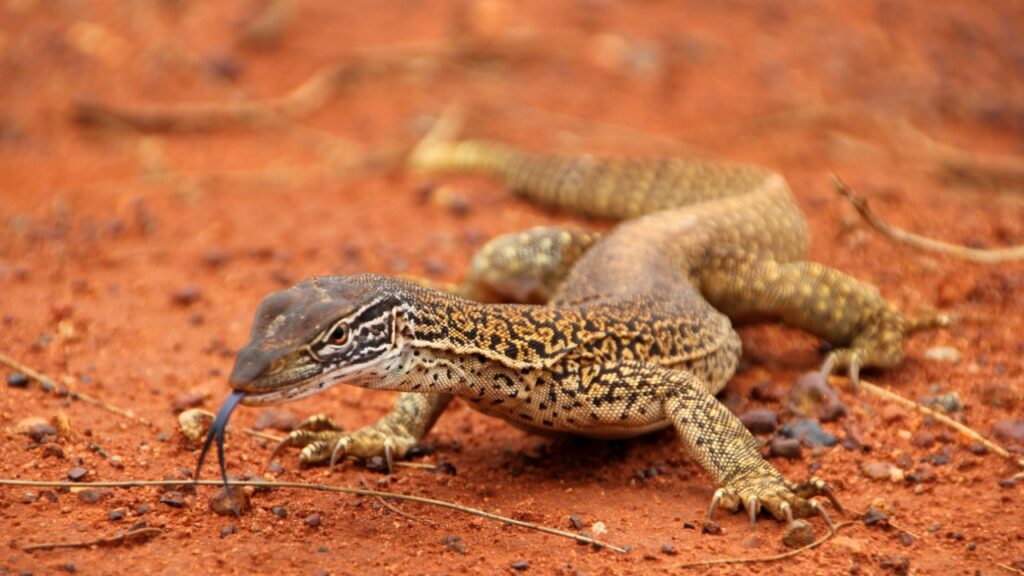
The sand goanna, also known as Gould’s goanna, is another monitor lizard that preys on death adders. These desert-dwelling reptiles are well-adapted to hunting in hot, arid environments where death adders are often found. Sand goannas have a powerful sense of smell and can dig to unearth hidden snakes. Their tough scales and immunity to snake venom make them formidable predators.
Olive Python
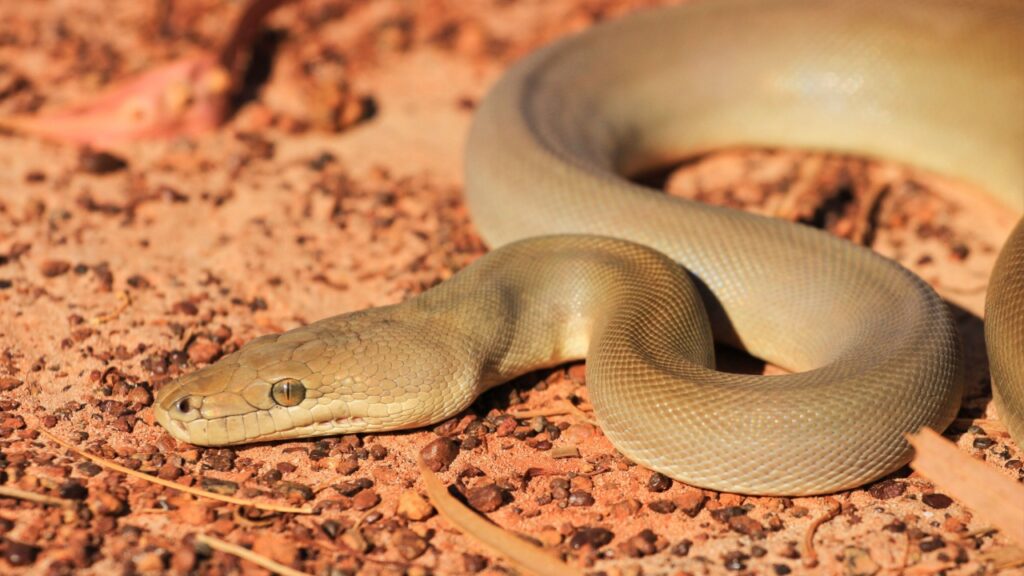
As one of Australia’s largest snakes, the olive python is a powerful constrictor that sometimes preys on death adders. These non-venomous snakes use their size and strength to overpower their venomous cousins. Olive pythons are immune to the venom of most Australian snakes, including death adders. They swallow their prey whole, sometimes eating snakes almost as large as themselves.
Tawny Frogmouth
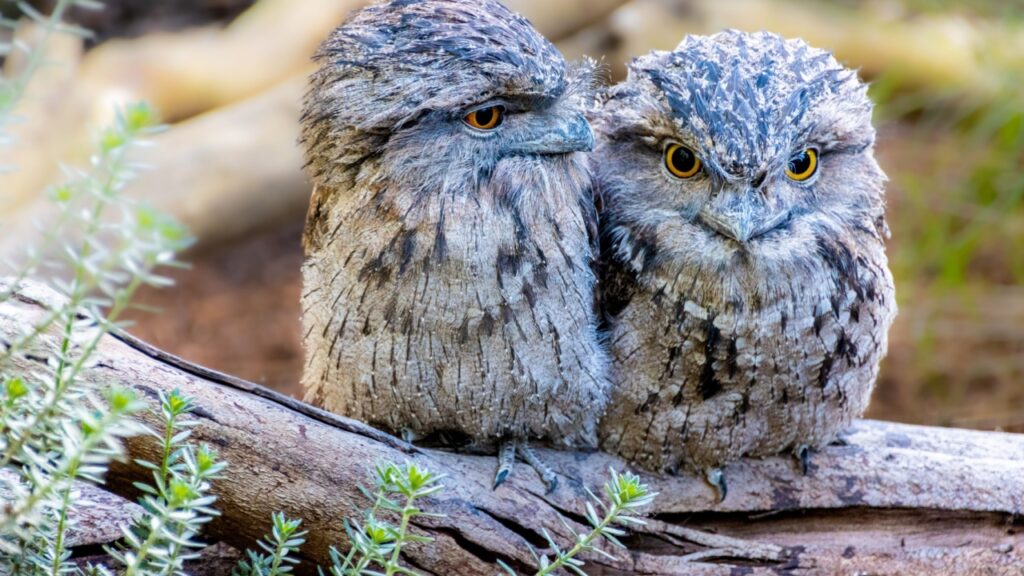
The tawny frogmouth, often mistaken for an owl, is a nocturnal bird that occasionally preys on death adders. These birds have excellent night vision and a wide mouth perfect for snatching up snakes. Tawny frogmouths often sit motionless, camouflaged against tree bark, waiting to ambush passing prey. Their feathers and nocturnal habits provide some protection against snake bites.
Quoll
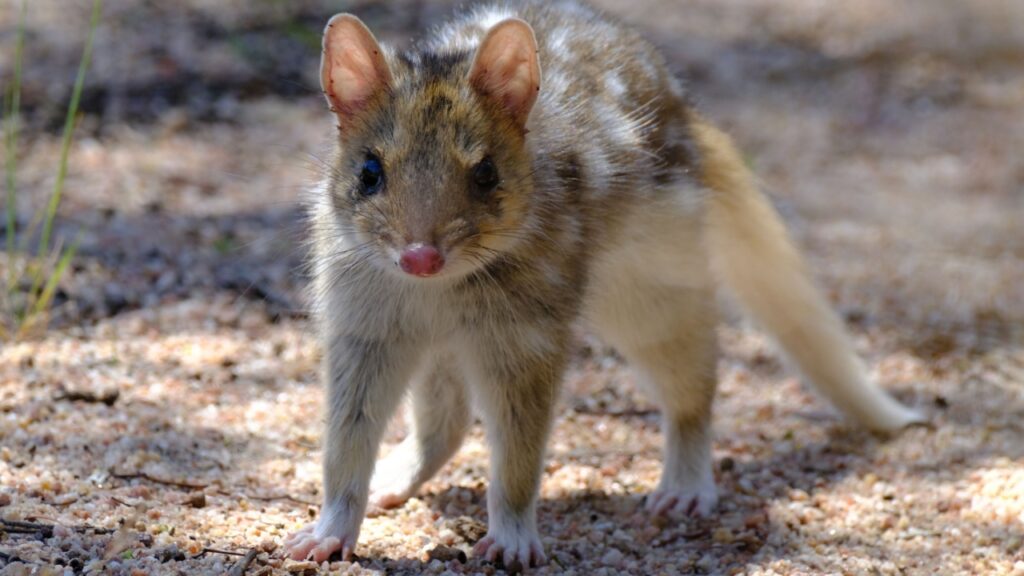
Quolls, carnivorous marsupials native to Australia, are known to hunt and eat death adders. These cat-sized predators are quick and agile, able to dodge snake strikes while delivering their own bites. Quolls have a high metabolism and need to eat frequently, making them bold and opportunistic hunters. Their thick fur provides some protection against snake bites.
Cane Toad
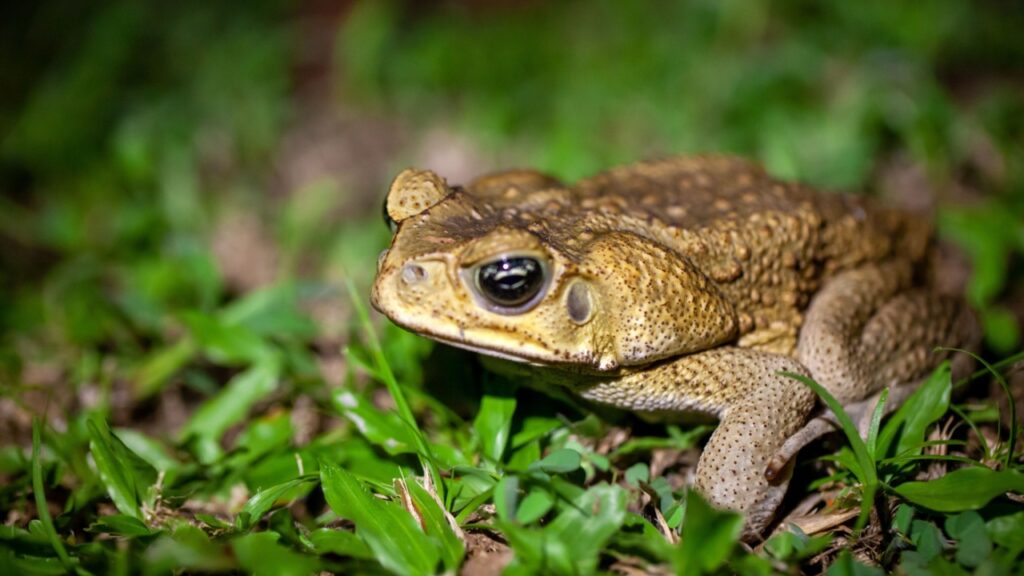
While not a natural predator, the introduced cane toad has been known to eat young death adders. These large amphibians will attempt to eat almost anything they can fit in their mouths. Cane toads are highly toxic themselves, which may offer some protection against snake venom. However, adult death adders can easily eat cane toads, making this relationship complex and potentially harmful to both species.
Becky is a fervent wildlife enthusiast and pet care expert with a diploma in canine nutrition. Her love for animals stretches beyond the domestic, embracing the wild tapestry of global fauna. With over a decade of experience in animal welfare, Becky lends her expertise to OutlandishOwl through insightful articles, captivating wildlife information, and invaluable guidance on pet nutrition. Her work embodies a deep commitment to understanding the intricate lives of animals and a passion for educating others on sustaining natural habitats. Becky's hands-on conservation efforts and her knack for translating complex dietary science into practical pet feeding tips make her an indispensable voice for creatures great and small.

